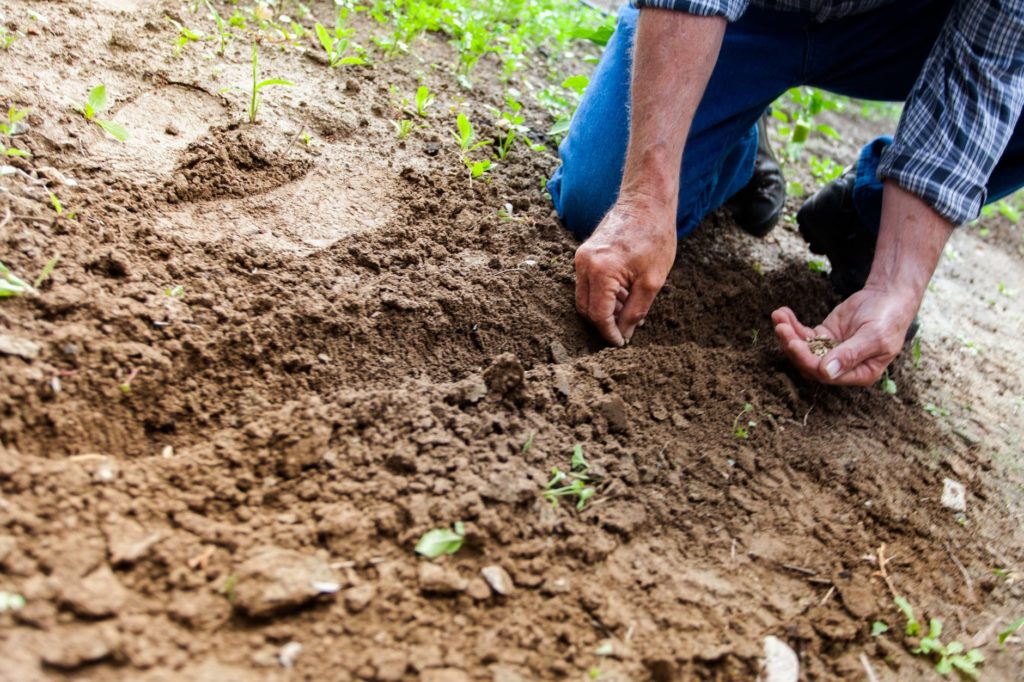
Many people think eating well and being healthy takes a lot of money and is only for the rich. Nothing can be further away from the truth. The information below highlights some of the top tips to save BIG when it comes to nourishing you and your family's bodies with wholesome-good-for-you-foods. Healthy is for everyone.
This is a success secret of any plan (be it exercise or diet plan). Create a monthly budget, and write the weekly grocery list for you and your family according to how much you have allotted to spend and consumption. Plan meals and snacks for the week according to the budget created. On grocery lists, only write down the items needed for the meals that are planned to be prepared and eaten that week. Adjust from week to week if needed based on surplus or shortage.
Only buy groceries when you are not hungry and when you are not rushed. Stick to a grocery list, and stay out of the aisles that do not contain items on your list (mostly the inner isles of any grocery store). When paying for final purchases, pick the checkout line that does not have all the impulse junk foods and candy alongside it, as to best avoid the temptation of these unneeded purchases.
Just like a health conscious foodie compares food labels, challenge yourself to take the extra moment to compare product prices. The lowest sticker price is not always the best price. Instead of looking at prices, find and compare the "unit price" or "unit cost" listed on the shelf directly below the item. This price reveals the cost per pound, per gallon or per ounce, and will help you determine the item with the best value.
People do not have to be an extreme coupon clipper to take advantage of a little savings here and there. Before heading to the store, check for sales and coupons in the local paper, in the mail or online. Many sites do not even require customers to print the actual coupons. Only a code is needed and boom. Money is saved! Remember to always use the reward cards offered in stores. This is usually a great way to earn rebate and other coupons towards items purchased regularly.
Buying items in bulk or as family packs usually cost less. In some cases, such as with fresh vegetables and fruits, buying in bulk can end up costing you, because they don't keep well. Buy easily perishable foods in small amounts to ensure that you eat them before they spoil. For items such as meat, fish and even bread, freezing and then thawing as needed is always an option.
Fresh fruits and vegetables that are in season are often cheaper than during other parts of the year. Also, your local farmer's market is a great source of fresh, seasonal produce.
Rather than throwing away your leftovers, incorporate them into your next meal. To get more out of your meals, try doubling or tripling the recipe ingredients to make more portions. The extra food can then be divided into individual portions, then placed into meal sized containers and frozen.
Fresh is best, but this tip will save lots of money, especially if you are craving out of season produce. Opt to buy organic and non-GMO products whenever possible. People will save money when going the frozen route because frozen foods are often half the price of fresh. The shelf life lasts much longer when kept in freezer, the foods are usually picked and flash frozen at the peak of the season (which means higher vitamin and mineral content) and when bought in bulk, there is even more of a discount.
It’s easy to grow a small vegetable garden. Actually, the newest trend is vertical farming, so think hydroponics vegetable and fruit towers that do not use soil or take up too much space. Even conventional “in the soil” or in 8x8 planter boxes do not take much space either. The best part is that it is very inexpensive. A few dollars on seeds and soil is all you need to get started growing your own fruits, vegetables, and herbs.
Processed foods add a lot of “weight”, literally to a budget and waist size. To maximize the bang for the buck in health, pocketbooks and for the environmental, try as much as you can to eat live, green, closest to Mother Nature as possible. You will see that many of the healthiest ingredients on earth (such as kale, Brussels sprouts, sweet potatoes, apples) are also the least expensive.
Sources: Livescience.com, huffingtonpost.com, stronglifts.com
